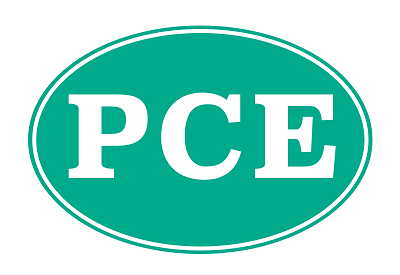
Date posted: 16th Jun 2022
The number of higher rate taxpayers is increasing. Can anything be done?
According to a late 2021 IFS study, more taxpayers are being subjected to higher rate taxes.
This increase in taxes together with higher inflation leading to increased costs of living will put a bigger squeeze on household finances.
The number of people impacted by the higher taxes is likely to be increase further due to the freezing of the tax bands/rates until the end of the current parliament, although a 1p cut in the rate of income tax has been mooted by the Chancellor in the final year of parliament… a vote grabber maybe?
At what point does a person start paying higher rate tax?
For someone earning less than £100,000, the higher rate tax threshold begins to kick in at income over £50,270 – the first £12,570 of income is tax free (due to the availability of the personal allowance – which starts to reduce once an individual earns over £100,000) and the next band of income of £37,700 is subject to basic rate tax – 20% on earned income such as PAYE earnings, self employed earnings, rental income etc but 8.75% on dividend income (save for a £2,000 dividend allowance).
Thereafter, between £50,270 and £100,000, earned / rental income is subjected to 40% tax and dividend income is subject to 33.75% tax. Higher taxes rates (actual and effective) apply above £100,000 of income.
A common misconception is that once a person becomes a higher rate taxpayer, they pay 40% on all of their income – this is not the case, it is simply the excess over £50,270 which is subjected to higher rate tax – this is best illustrated with an example.
Example
Nigel earns £45,000 from his employer, Typhoon Jets Limited – this is his only source of income. He has been offered a pay rise of £8,000, which will increase his gross earnings to £53,000.
Of the £8,000 pay rise, Nigel will pay basic rate 20% tax on £5,270 (£50,270 less £45,000) of the pay rise, with 40% tax on £2,730 (£8,000 less £5,270).
Nigel will of course also suffer national insurance on the increased salary.
If Nigel or his spouse/partner receive child benefit, there may be another catch….
Child benefit
Whilst the higher rate tax threshold starts at £50,270, the point at which child benefit is repayable is still £50,000 – a threshold which has not increased since it was introduced almost ten years ago…
Above £50,000 of income, child benefit is repayable at the rate of 1% of the amount received, for every £100 earned over £50,000.
Any child benefit charge needs to be paid and declared via a self assessment tax return – this can catch out some individuals who do not realise the requirement to complete a tax return. It is paid by the highest earner in the “home” even if that person does not receive the child benefit or even if the children are not related by blood to him/her! This has caused quite an issue for step-parents in the past…
For example, say Nigel lived with Emma, who had two children from her past marriage. Emma earns £25,000 from her job, which is her sole source of taxable income. Emma also receives £2,000 in child benefit (example number used for ease). As a result of Nigel’s pay rise, he is not only paying a higher rate tax, but is also paying a higher rate child benefit charge of £600 (1% x 3,000 /100 x £2,000) despite not receiving the child benefit himself or the benefit not being for his children.
Can you reduce tax?
I often find that a lot of new clients are missing out on tax reliefs for job related expenses – professional subscriptions, uniforms/books/clothing bought to specifically do their jobs and mileage allowances (where the employer is paying less than the HMRC authorised rates).
In addition, you could ask your employer if they could provide a flexible benefits package – employer paid pensions, mobile phones and car parking are some of the available tax free benefits – could your employer arrange those for you?
In some cases, higher rate taxpayers can be missing out on higher rate pension tax relief (especially as a result of auto enrolment) and additional relief on charitable donations. It should not automatically be presumed that higher rate relief, will be given by HMRC via a PAYE code etc.
Additional personal payments to pensions are a great way to reduce tax and build a pot for retirement. However, this usually means outlay so balance is needed between saving tax and personal cashflow. An additional payment would also help Nigel save not only tax, but reduce the child benefit charge.
Of course, there are other tax efficient investments such as EIS or SEIS schemes but again these involve capital outlay and carry risks.
It may be that you have other income such as rental income and can reduce your taxes by utilising unused spouse’s allowances or setting up a limited company.
Similarly, if you work for yourself, there may be tax saving opportunities to consider depending upon your trading vehicle or owner manager remuneration strategy.
Ultimately everyone’s circumstances are unique and tax advice should be sought to see if you can be more tax efficient, especially in today’s challenging economic climate.
If you have any questions or need any tax advice, contact Lee Watson or our tax team.
For more information on our Tax services click here.


